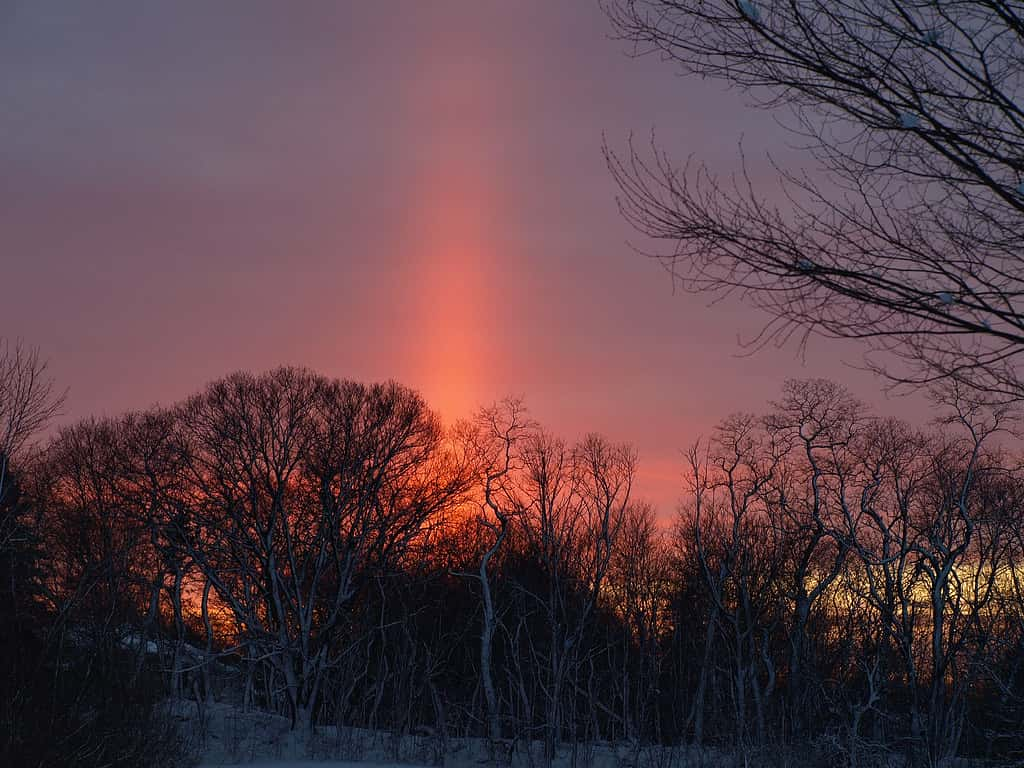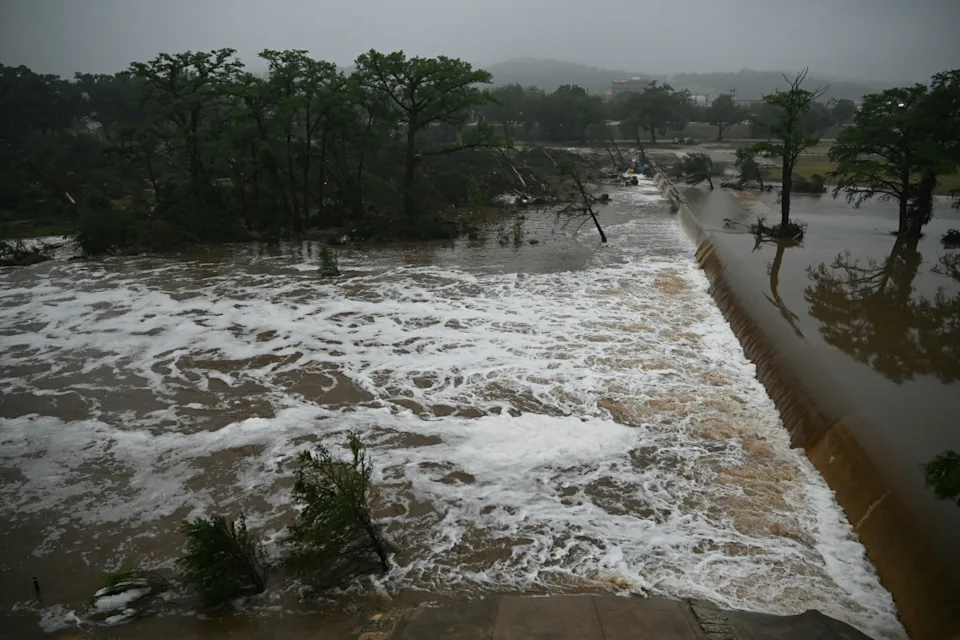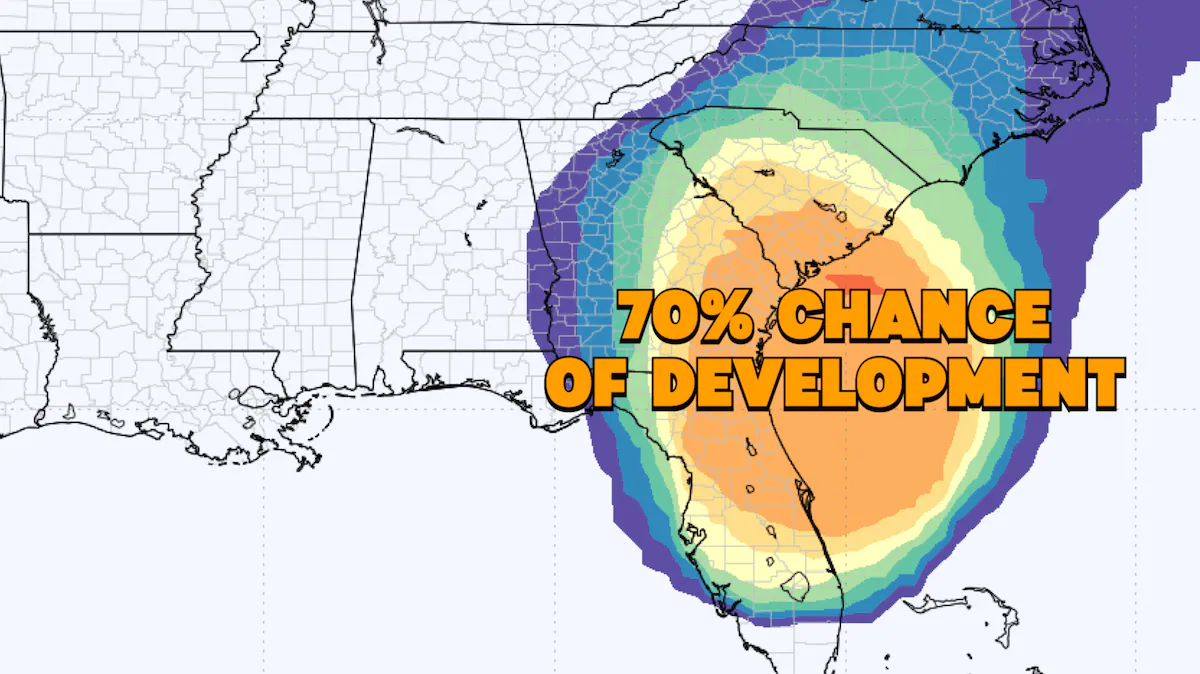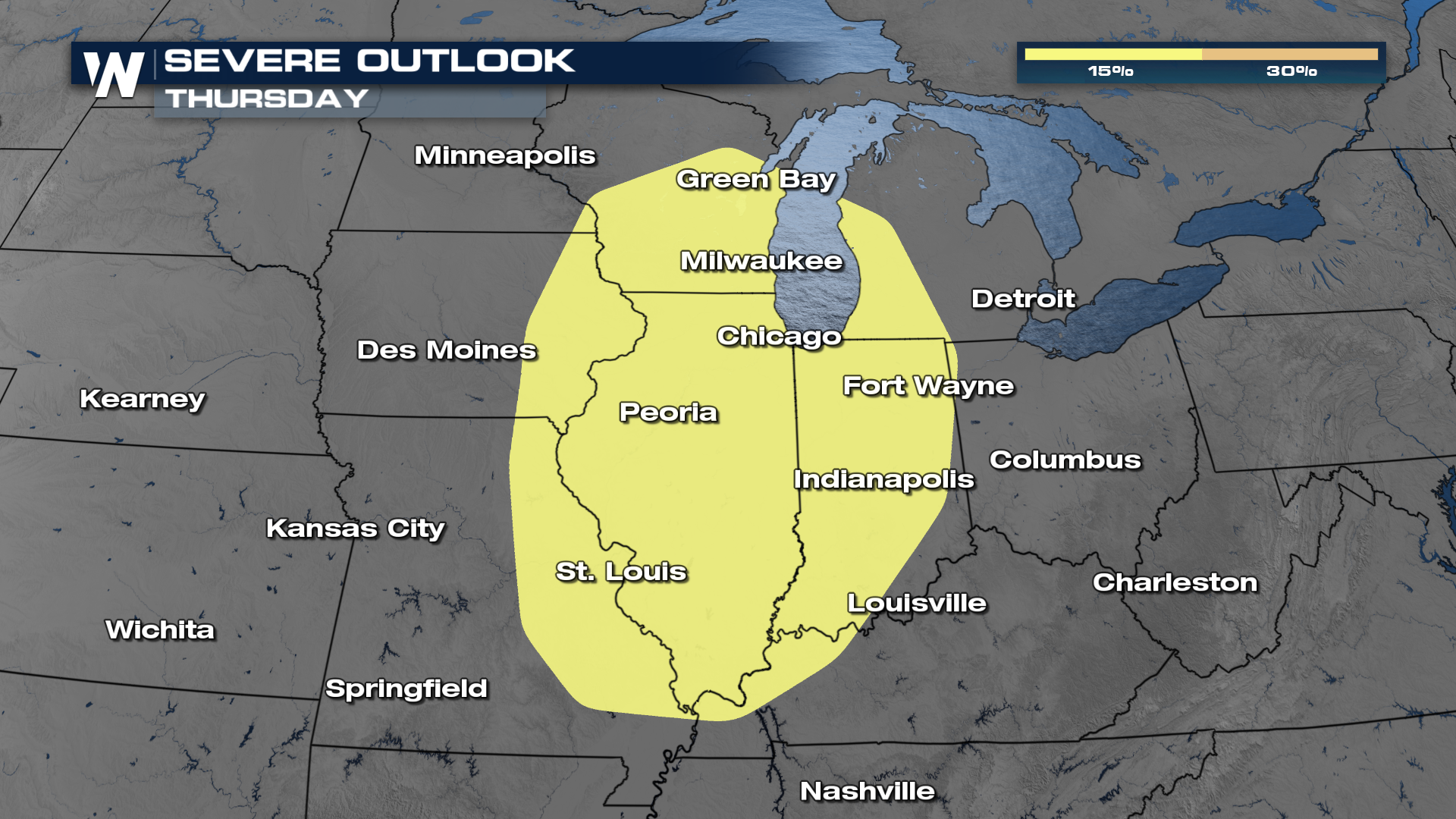The diminishing daylight, accentuated by the recent end of Daylight Saving Time, marks the commencement of solar winter in the Northern Hemisphere.

In a shift from the long, sunlit days of summer, brace yourself for the onset of the winter solstice the darkest time of the year which has officially descended upon us
The conspicuous shift in time has been accompanied by a gradational reduction in daylight since the height of the sun on June 21 during the summer solstice. With the Northern Hemisphere tipping down from the sun, reaching its capstone in the winter solstice on Dec. 21, we are now situated in the phase termed solar winter, which spans approximately from Nov. 6 to Feb. 3. AccuWeather.com designates this period as having the smallest amount of daylight throughout the year.
The darkening days and the cold have yet to fully settle in, thanks to the phenomenon of seasonal lag
Earth‘s land and water require time to adapt to temperature fluctuations between seasons, leading to a retention of warmth from both summer and fall. This delayed adaptation implies that even though we are currently in the darkest period of the year, it may not coincide with the coldest temperatures. Progressing through the three distinct stages of solar winter, meteorological, and astronomical each characterized by its unique definition, it becomes evident that the winter solstice signifies not just the briefest day but also the pivotal moment when daylight begins to extend once more. Therefore, until the arrival of December 21, anticipate the winter solstice as a recurring theme, guiding us further into the heart of this season’s darkness.
READ ALSO: Snow Fall Forecast Holds Key To Western Water Security And Agriculture Amid Ongoing Crisis




